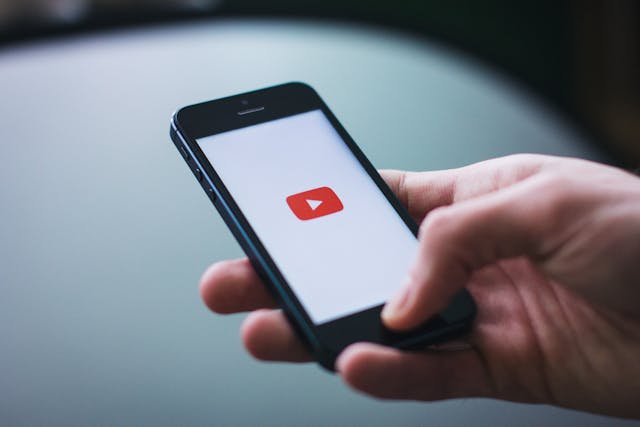Social media in the digital age has emerged as a powerful tool for sharing content. This includes video clips, from which fragments of films, TV series, music videos, or any other copyrighted work are shared by users on YouTube, TikTok, and a host of other such platforms. By using movie clips in youtube videos is a great way of engaging the audience.
While this can make content more relatable and interesting to engage with, it comes with the price of copyright strikes. Violation of copyright laws may cause takedown notices, and suspension of accounts, among other serious repercussions. Therefore, everyone willing to assist with content on social media ought to know how to keep out of trouble relating to copyright. Here are the hidden tips for avoiding them while using movie clips on your social media:
Keep Clips Small in Length

Using very short clips, normally less than 10 seconds, may help reduce the likelihood of copyright strikes. Keep in mind that there is no magical length that would guarantee fair use, though shorter clips are far less likely to be considered infringing.
Modify the Clips
The more that you transform the original clip—by altering the audio, adding text overlays, or editing the visuals—the more likely you are to have a transformative use. This might help substantiate that your use isn’t simply a copy of the original.
Comment on or Analyze
Provide your commentary, analysis, or criticism of the clip. This not only makes the use more likely to be considered fair use but also adds value for your audience. Use the clip as a starting point for discussion or to illustrate a point you are making.
Use Licensed Content
Make sure to seek permission from the copyright holder to use any clip. This could be in the form of a licensing fee or simply agreeing to take terms of the owner’s choice. Pretty much all studios and content creators have licenses for their material, particularly if your use can be seen as promoting the original work.
Use Material from Sites That Have Running Licensing Arrangements
Some platforms have licensing agreements for the majority of the content creators from which you can use clips in your videos under certain conditions. Use licensed clip access platforms or royalty-free content provision.
Attributing Properly
Under any Creative Commons license, there needs to be proper crediting toward the original creator. Provide clear attributions within your posts specifying the name of the creator, the title of that work, and the type of license.
Use Automated Tools and Services
Some platforms use Content ID to automatically detect copyright-infringing material in your uploads. Knowing how these systems work can help you avoid strikes. Run your content through these services before you post it to ensure that it does not infringe on copyrighted material.
There are a ton of libraries where you can get royalty-free music, video clips, and images. Several automated services are there to offer high-quality, completely royalty-free content that you are allowed to use legally.
Legal Consultation
When you are not clear whether the use you are making is a fair one, or in case of specific permissions required, you will need help from a legal expert. An intellectual property attorney will help you based on your situation.
What is fair use and how does it apply to using clips?
Fair use allows limited use of copyrighted material without permission for purposes such as commentary, criticism, news reporting, teaching, and research. Factors considered in fair use include the purpose of use, the nature of the copyrighted work, the amount used, and the effect on the market value of the original work.
How do automated tools like Content ID work?
Content ID is a system used by platforms like YouTube to identify and manage copyrighted content. When you upload a video, Content ID scans it for matches with registered copyrighted material and may take actions like blocking, monetizing, or tracking the video.
What should I do if I receive a copyright strike or takedown notice?
If you receive a copyright strike or takedown notice, you can:
Review the claim to understand why it was made.
Remove or replace the infringing content.
Dispute the claim if you believe your use qualifies as fair use or if you have permission to use the content.
Consult an attorney for legal advice on how to proceed.
Conclusion
Understanding basic concepts of fair use, actively seeking permissions, and using either copyright-free or licensed materials when using movie clips in youtube videos can help a lot in avoiding copyright offenses. Users can use monitoring policies and tools to allow you to track and manage rights.
Responsible and respectful use of copyrighted materials saves one from lawsuits. It assists in creating a digital that is a fair safe digital atmosphere where excellence of original content and creators’ rights are respected.






